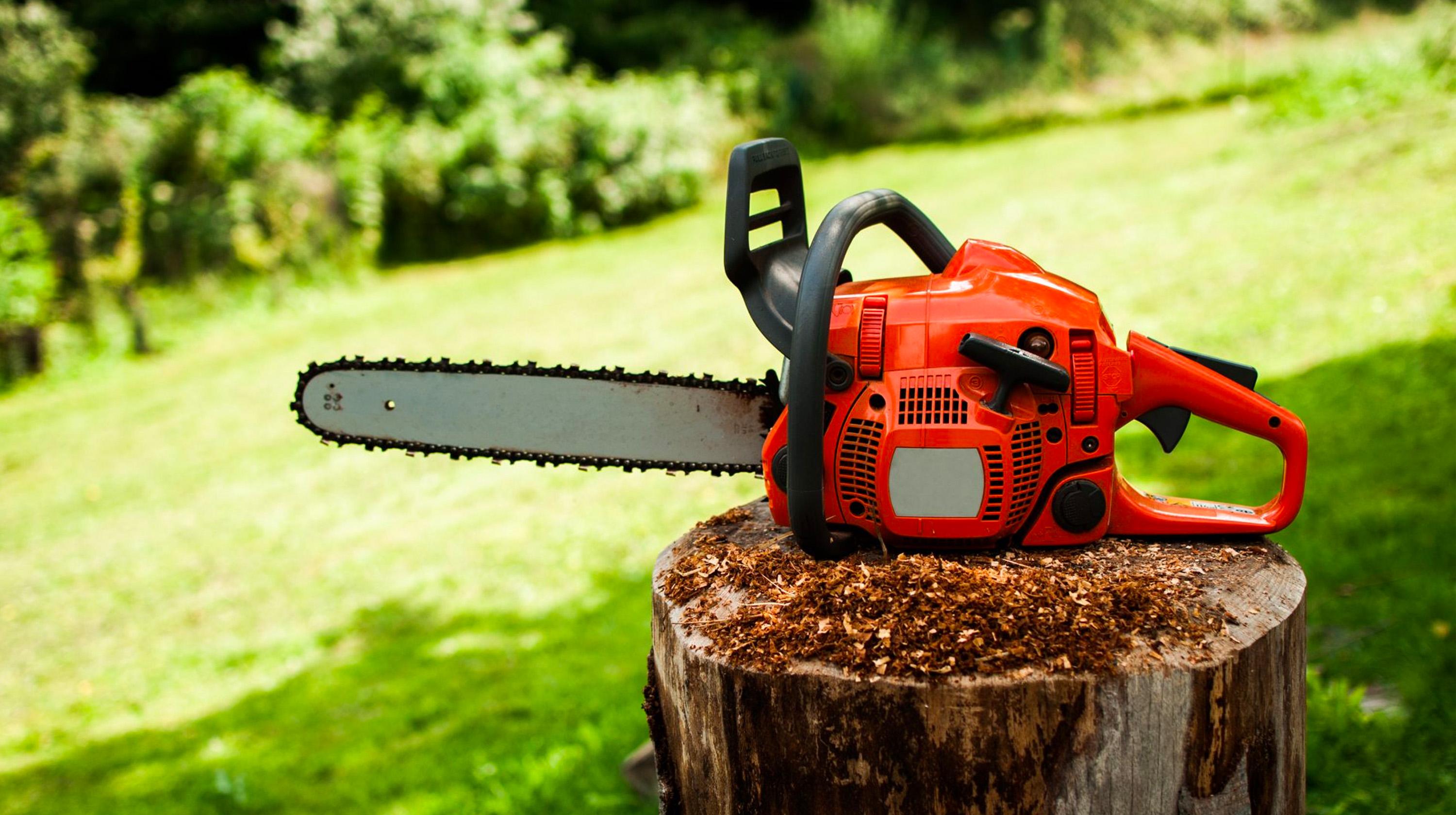Chainsaw - A Powerful Tool for Woodwork

The chainsaw is a remarkable power tool that has revolutionized many industries over the last century. With its ability to quickly cut through wood and other materials, the chainsaw has become essential for logging, landscaping, construction, and other woodworking applications. In this article, we will explore the history and development of the chainsaw, discuss its key features and uses, and examine safety considerations for operating this powerful machine.
A Brief History of the Chainsaw
The first chainsaw-like device was developed in the late 18th century, but it would take over a century of innovations to transform this tool into its modern form. Some key developments in chainsaw history include:
- 1820s - The first steam-powered bandsaw was invented, setting the stage for chain-driven cutting tools.
- 1929 - The chainsaw as we know it today was invented in Germany and received its first patent. Early models weighed over 100 pounds and were electric-powered.
- 1945 - After WWII, demand grew for more portable chainsaws. Companies like Stihl, Husqvarna, and Echo popularized lighter, gas-powered saws suitable for timber harvesting.
- 1980s-Present - Sophisticated electronic ignition and anti-kickback devices improved chainsaw safety. New alloys made saws even more powerful yet lighter weight. Chainsaws are now commonly used for landscaping, arboriculture, and construction applications.
Key Chainsaw Components and Features
At its core, all Chainsaws share several essential components that allow them to efficiently cut through wood and other materials:
- Bar and Chain - The primary cutting mechanism, consisting of a chain of sharp metal cutters wrapped around a toothed bar that circulates the chain.
- Guide Bar - This rigid bar acts as a guide and support for the rotating chain. It extends out from the front of the saw.
- Sprocket - Drives the chain with an engaged gear or sprocket located at the rear bottom of the saw.
- Chain Brake - An important safety feature that instantly stops the chain if it kicks back towards the operator during use.
- Gas/Oil Tank - Required for fueling gas-powered chainsaws with a gasoline-oil mixture. Most common today due to their lightweight portability.
- Handle and Throttle - Ergonomic grips with a throttle trigger for controlling engine rpm and cutting speed. Anti-vibration mounts minimize vibrations transmitted to the user.
Popular Chainsaw Uses
While logging was their original purpose, chainsaws today have a wide variety of applications depending on their power and design features:
- Felling and Bucking Trees - Professional loggers still rely on powerful gas chainsaws for harvesting timber. Operations involve safely felling trees and then cutting them into standardized lengths or "bucking" the logs.
- Landscaping and Gardening - Many homeowners own a smaller chainsaw for pruning tree branches, shaping hedges, and clearing brush from their yards. Lightweight saws under 10 lbs are best suited for occasional domestic use.
- Arboriculture - Tree surgeons use specialized climbing chainsaws in their work trimming and removing dangerous trees. These models have low-kickback bars for operating overhead.
- Construction - Larger saws enable carpenters to dimension lumber onsite and cut notches during framing. Masonry blades can also cut concrete, stone, and ceramic materials.
- Firefighting - Wildland firefighters depend on saws to quickly cut firebreaks during controlled burns or battling wildfires threatening structures.
Chainsaw Safety Considerations
While incredibly useful, chainsaws demand proper safety precautions given their powerful cutting ability. Some best practices for safe operation include:
- Personal Protective Equipment - Chaps, gloves, eye/face/foot protection are mandatory to prevent cuts or debris injuries. Hearing protection is also advised due to engine noise.
- Starting Procedure - Ensure the chainsaw is on a stable surface, the chain brake is engaged, and move at least 10 feet away before starting to prevent dangerous kickback incidents.
- Carrying Position - Always carry the saw with the bar tip pointing backwards and engage the chain brake when transporting any distance.
- Cutting Technique - Always cut with two hands using controlled motions, never cut above shoulder height, and be aware of natural lean/tension in trees being felled.
- Maintenance - Fuel saws properly, sharpen chains frequently, and inspect guide bars regularly for wear or damage. Only perform repairs with the engine off and unplugged from sparks.
Conclusion
From their origins helping build nations through logging to today's diverse roles, chainsaws have proven invaluable for woodworking applications across agriculture, construction and landscaping. With proper care, maintenance, safety gear and technique, chainsaws safely empower users to quickly shape trees and materials with precision. Their compact, powerful design leaves no doubt as to how this tool has become such a fundamental part of heavy industry and domestic work alike.
- Art
- Causes
- Crafts
- Dance
- Drinks
- Film
- Fitness
- Food
- Игры
- Gardening
- Health
- Главная
- Literature
- Music
- Networking
- Другое
- Party
- Religion
- Shopping
- Sports
- Theater
- Wellness
- IT, Cloud, Software and Technology


